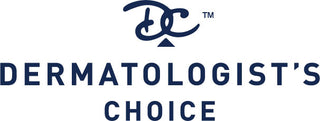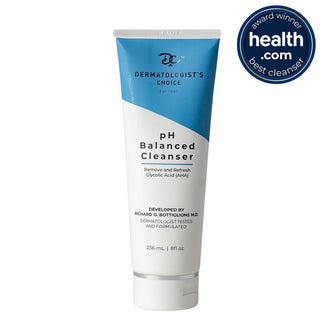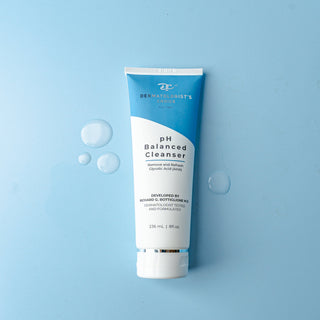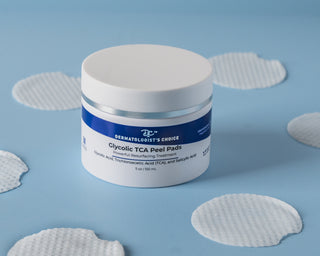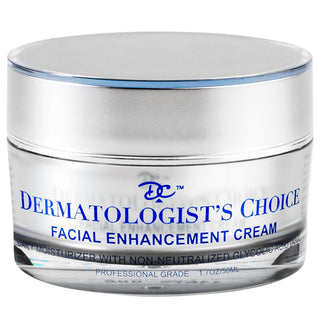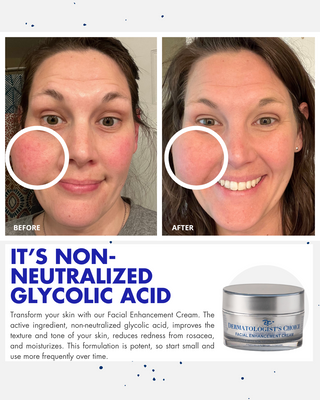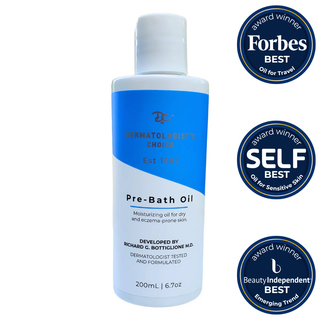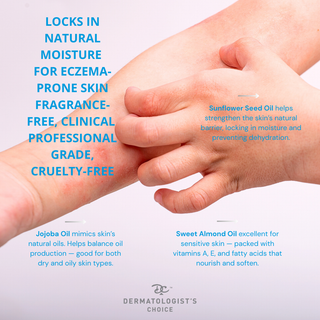
Retin-A, or retinoic acid, has long been considered the “gold standard” in dermatology for reducing wrinkles and improving skin texture. But what many people don’t realize is that Retin-A is an acid—just like glycolic acid and trichloroacetic acid (TCA). All three belong to a family of active ingredients that renew the skin by increasing cell turnover and collagen production.
The main difference comes down to how quickly they act, how strong they are, and whether you need a prescription to use them.
MEET THE EXPERT

Retin-A: Slow but Steady Results
Retin-A (tretinoin) helps smooth fine lines and wrinkles by increasing skin cell renewal. While it begins working from the very first application, results develop gradually over time. It’s effective—but it’s slow. Most people see visible improvements only after several months of consistent use.
Retinoids can also cause dryness and irritation, especially for those with sensitive skin. If you’re new to Retin-A, I always recommend starting with the lowest concentration—0.01%—and applying it only a few times per week until your skin adjusts.
The main safety precaution with retinoids relates to pregnancy, as retinoic acid should not be used while pregnant or breastfeeding. Otherwise, the main concern is dryness or mild irritation.
How Glycolic Acid and TCA Work
Like retinoic acid, glycolic acid and trichloroacetic acid (TCA) are true exfoliating acids that work by removing dead skin cells and stimulating collagen beneath the surface. The difference? They act faster and TCA and Glycolic require NO prescription!
When you increase the concentration of these acids, you increase the speed at which they work. A mild glycolic acid cream may take weeks to reveal results, while a higher-strength, non-neutralized formula can dramatically smooth and brighten skin in just a couple of treatments.
For example, all non-neutralized acids—including Retin-A, glycolic, and TCA—can help clear wrinkles within two weeks, but stronger acids may cause more visible exfoliation or “downtime.” That’s why I developed Dermatologist’s Choice products to use pure, non-neutralized glycolic and TCA acids—powerful enough for real results but balanced for safe at-home use.
Why Non-Neutralized Acids Deliver Results
Most over-the-counter acid products are “neutralized,” meaning their pH has been raised so high that the acid becomes inactive. You might feel like you’re doing something good for your skin, but in reality, you’re just moisturizing.
Here's the test, if you can't feel the tingle or sting, you have a neutralized acid which won't do much. Other reasons you may not feel the tingle is your skin has a high tolerance to the acid so going up in strength until you feel the tingle is the best option.
Non-neutralized acids, like those in Dermatologist’s Choice Facial Enhancement Cream and pH Balanced TCA Toning Pads, remain active at a lower pH. This allows the acid to penetrate deeper into the skin—stimulating collagen, smoothing fine lines, and restoring radiance much like prescription-strength treatments.
Try non-neutralized glycolic and TCA acids for wrinkle reduction. SHOP NOW.
How to Use Acids Safely
Whether you’re using Retin-A, glycolic acid, or TCA, the key is to start slow and listen to your skin.
-
For sensitive skin: Begin with a lower strength or less frequent application—2 to 3 times per week.
-
Moisturize daily: Use a gentle hydrating cream, like the Ultimate Restorative Hydrating Complex, to maintain your skin barrier.
-
Sun protection: Always apply sunscreen in the morning, since acids make your skin more sensitive to UV light.
Over time, your skin will build tolerance, allowing you to increase frequency or strength for faster results.
Retin-A works well—but it isn’t the only option for smoothing wrinkles and rejuvenating skin. Non-neutralized glycolic and TCA acids can achieve comparable or even faster results—without the need for a prescription.
All three acids share the same underlying goal: to renew the skin by stimulating collagen and accelerating cell turnover. The difference is how quickly they act and how your skin responds.
If you want a dermatologist-level glow without a trip to the doctor’s office, start with products like Dermatologist’s Choice Facial Enhancement Cream or Glycolic TCA Peel Pads. Remember, if you don't feel the Trustworthy tingle then gratuate to a stronger acid concentration like the Ultra Anti-Aging Cream or the Glycolic TCA Peel Pads. You’ll see real results—smoother, brighter, and healthier-looking skin—without waiting months for your skin to catch up.
Disclaimer: The skincare articles on Dermatologist’s Choice are intended for educational purposes, providing insights into specific ingredients and skincare topics. Our content is designed to be informative, not to serve as medical advice. Any mention of patient experiences is purely for informational purposes and should not be interpreted as a treatment recommendation. Additionally, any Dermatologist’s Choice products referenced in these articles are formulated for cosmetic use only and are not intended to replace professional medical advice or pharmaceutical treatments. Always consult a physician for personalized skincare recommendations.
